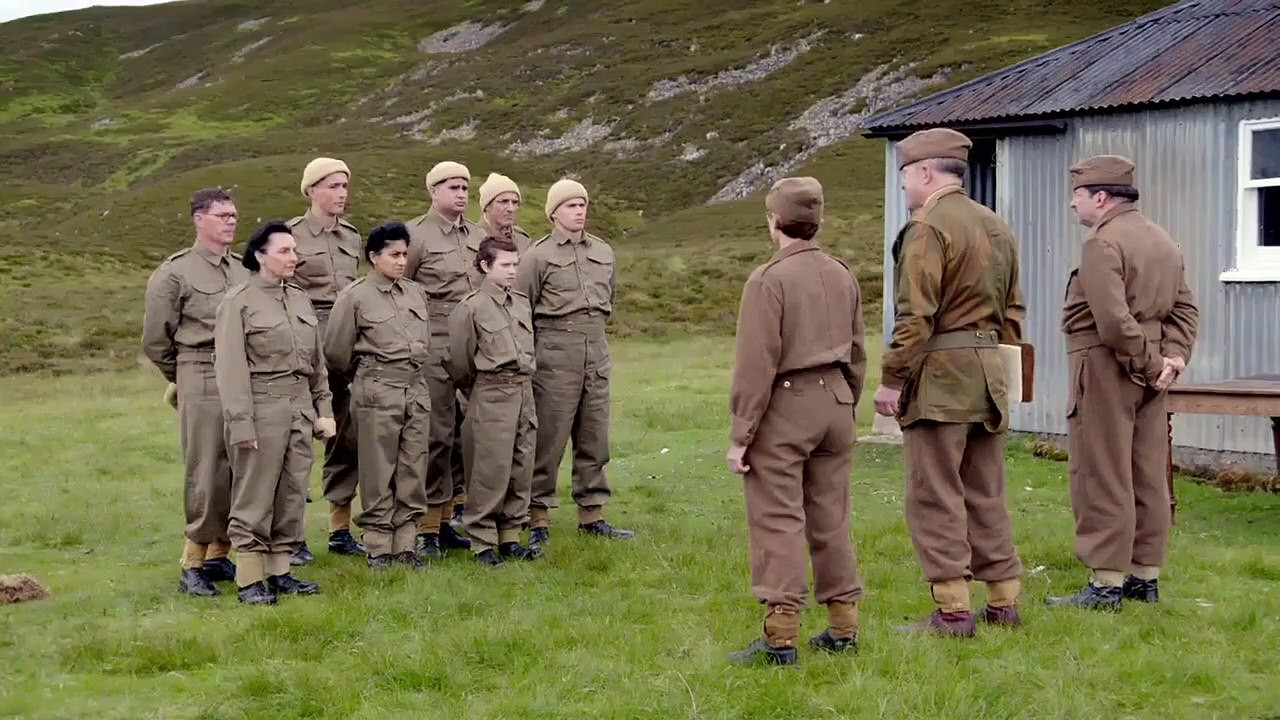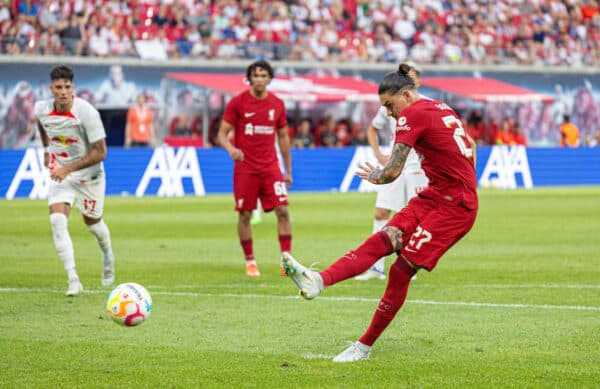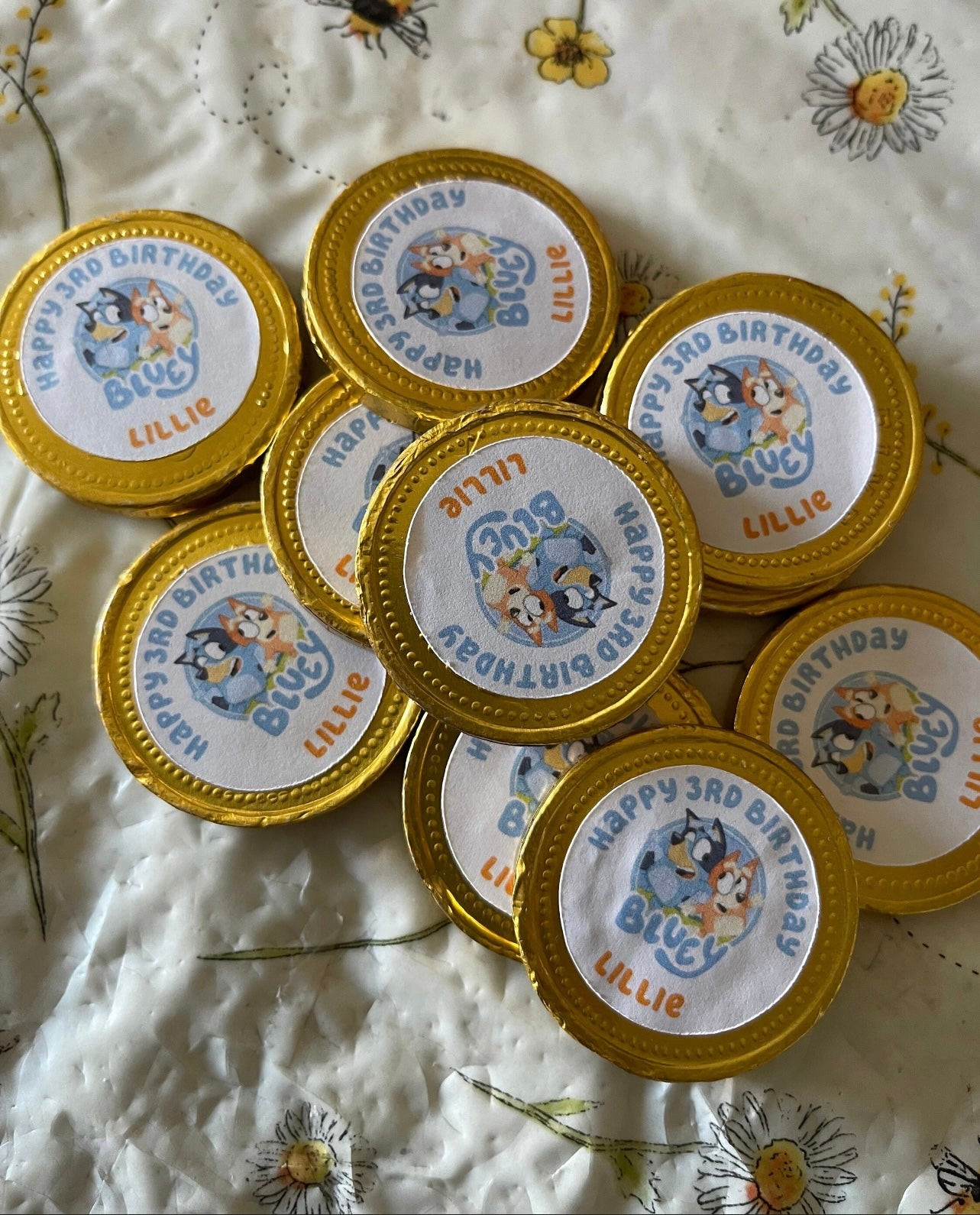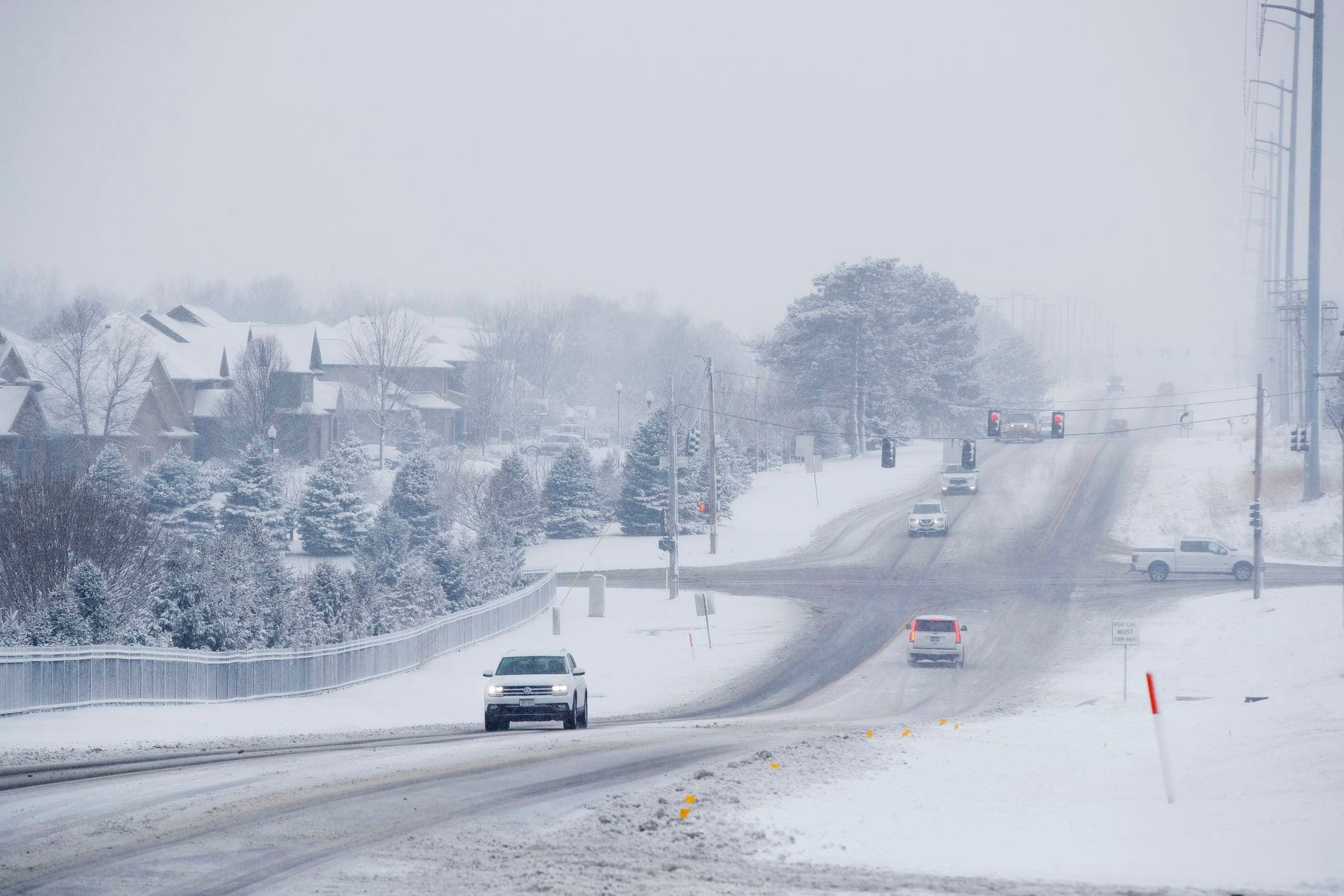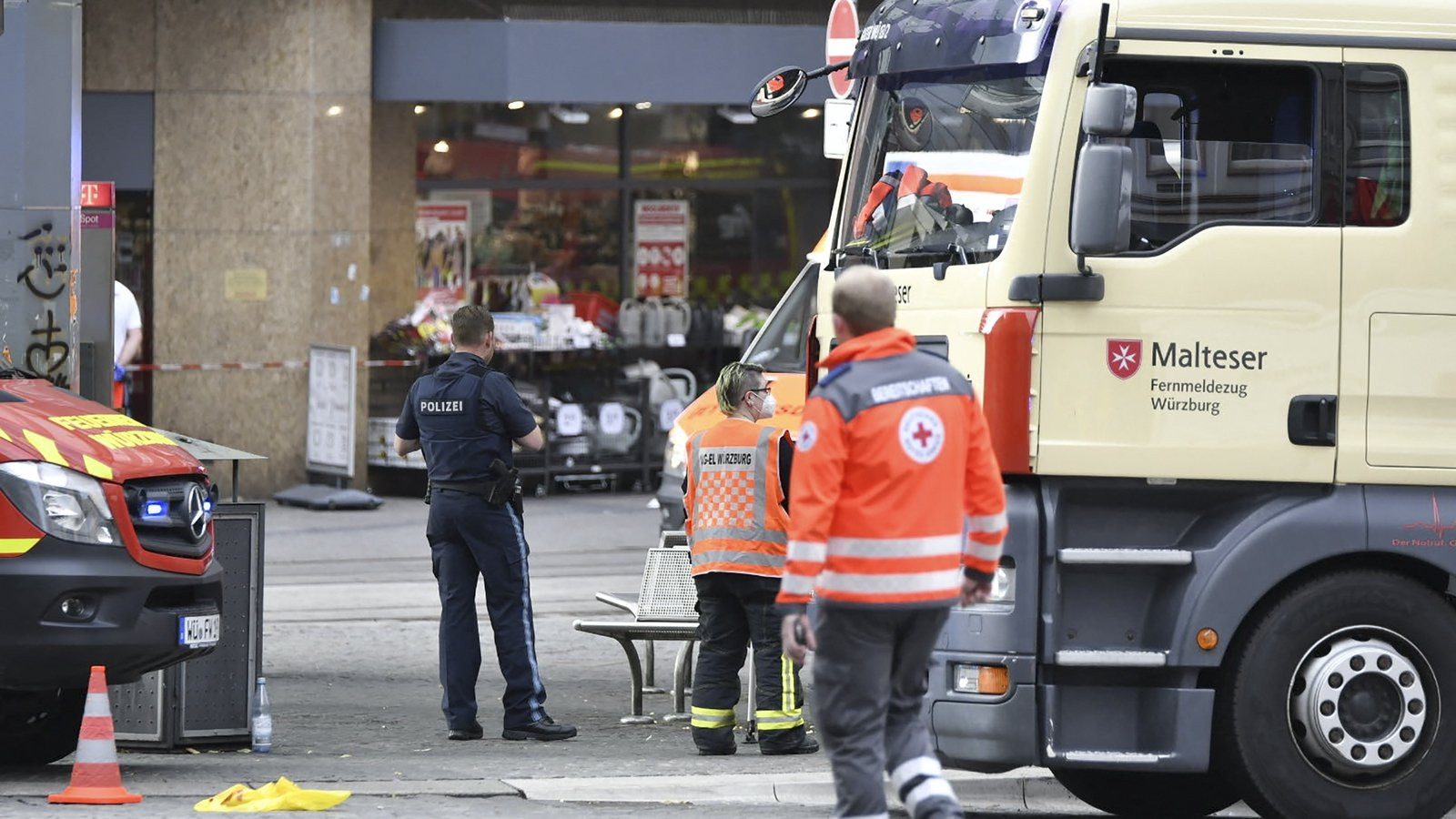Winston Churchill’s penchant for chain smoking cigars no doubt contributed to the build-up of grime on a Claude Monet riverscape in his sitting room. The painting, depicting London’s Charing Cross Bridge, has been conserved by the National Trust, which owns Chartwell, the statesman’s home in the Kent countryside. The newly restored Charing Cross Bridge is being unveiled in the Courtauld Gallery’s ambitious exhibition Monet and London: Views of the Thames (27 September-19 January 2025). On display will be 21 of Monet’s London scenes.
Although Monet signed and dated the painting 1902, he actually began it on a visit to London in the autumn of 1899 or early 1900. However, an important discovery is that it was finally completed in 1923, when he sold it. His main change was the addition of swathes of yellow to the reflections in the water and areas of sky, representing as much as a third of the canvas. This yellow gradually became much less visible because of the accumulation of airborne dirt and a darkening of the varnish. Rebecca Hellen, the National Trust conservator, points out that along with sooty grime deposited from fireplaces, people smoking would have “contributed to the surface dirt”.
Churchill, who lived at Chartwell for 40 years, typically smoked ten large Cuban cigars a day. He stored nearly 4,000 cigars in a small room off his study. In photographs he is very often depicted smoking and a cigar almost became his personal emblem.
Monet worked on the painting from a balcony on an upper floor of the Savoy Hotel, where he was staying. This looked down on the 1864 bridge and the more distant Houses of Parliament. The artist was struck by London’s distinctive yellow haze. In 1901 he had written to his wife, Alice, remarking on the “extraordinary fog so very yellow”. This was largely caused by sulphurous emissions from burning coal. Although Monet created his composition of Charing Cross Bridge in 1899-1900, he made adjustments to it in 1902, at his studio at Giverny. There the picture remained until he sold it in 1923 (three years before his death). In those years he reworked it substantially, strengthening the yellow haze. He also moved the towers of the Houses of Parliament from their actual position on the far right to slightly closer to the centre of the scene, making them more visible.
After going to a Parisian dealer, Charing Cross Bridge was bought by the pharmaceutical entrepreneur Henri-Edmond Cannone. It was sold in 1942 and purchased by the American literary agent Emery Reves in 1949. Reves, who worked for Churchill, acquired the Monet specifically to give to his client, who was then the Leader of the Opposition in parliament.
The story behind this extraordinary gift was revealed by The Art Newspaper in 2007. On 23 December 1949 Reves wrote to Churchill: “Knowing that Monet is your favourite painter I have been searching for one of his good paintings for many months… Please accept it as a very small token of my gratitude for your friendship.”
Reves ended his letter: “My very best wishes for a happy 1950 during which I hope you will dissipate the fog that shrouds Westminster.” In 1945 Churchill had lost his position as prime minister to the Labour leader Clement Attlee, with the war statesman again becoming prime minister in 1951. A note in Churchill’s engagement diary reveals that he invited Reves for lunch on 26 December, three days after the letter.
Churchill, himself a talented amateur artist, must have been thrilled with Charing Cross Bridge, which even included his beloved Houses of Parliament. In 1935 he made a copy of a Monet seascape of the Normandy coast; later, in his 1948 book Painting as a Pastime, he singled out the work of Monet and three other French artists as floating “in sparkling air”.
Nowadays the gift of a Monet to an MP would need to be declared in the parliamentary Register of Members’ Financial Interests (and would certainly set off a media storm), but such matters were then regarded as private. During his lifetime, Churchill’s Monet remained a secret known only to those close to him. His ownership was not even recorded in the comprehensive 1985 Wildenstein catalogue raisonné of the artist’s work.
Churchill hung Charing Cross Bridge in Chartwell’s drawing room, the heart of the family home. There, he would relax after a hard day’s political and literary work, usually with a cigar in hand. After his death in 1965 Chartwell and its contents passed to the National Trust. The Monet has always remained on the same wall and, until the forthcoming Courtauld exhibition, it had never been lent.
Hellen, working in the National Trust’s Royal Oak Foundation Conservation Studio at Knole, has now finished her task. When we visited the studio in August virtually all the painting had already been cleaned, temporarily leaving a patch of discoloured non-original varnish replete with trapped dirt in the lower-left corner.
Hellen’s aim has been to bring back the painted surface to “how it would have been left by Monet” when the painting was bought from his Giverny studio in 1923. She decided against retouching the paint losses, which are minor.
Conservation of the frame has also just been completed. The gilded frame is French, from the early 20th century, and was probably added by the dealer who bought the painting from Monet in 1923. It would have been regarded as quite a posh frame at the time, evidence of Monet’s growing status in the art trade.
It is not recorded how much Reves paid for Charing Cross Bridge, but two of Monet’s other London paintings were sold at Christie’s in 2022 for $65m and $76m: Waterloo Bridge, Veiled Sun (1903), now with a private collector; and The Houses of Parliament, Sunset (1903), now with Hasso Plattner and on loan to Museum Barberini in Potsdam. Both of these will be joining Churchill’s painting in the Courtauld show.
Karen Serres, the curator of the Courtauld’s exhibition, is delighted to have the Churchill painting on loan: “It is one of only two views of the Thames in a British public collection, the other coming from Museum Wales,” she says. “Its provenance and conservation treatment will make it a destination picture, for us and for Chartwell.”
The Savoy. It’s a typical September afternoon in London — cold, windy, overcast — and I’m spinning my way through the revolving door that marks the entrance to perhaps the world’s most famous hotel, accompanied by a conga of international rich folk returning from a hard day’s shopping. They are carrying elegant packages wrapped at Fortnum’s or Boodles or Harrods. I’m carrying a printout of the catalogue for the Monet and London exhibition that is coming to the Courtauld Gallery.
In art there is no saying that advises “follow the Monet”, but there really should be. The grand master of impressionism has become one of art’s most bankable names. His work sells for multiple millions. People queue round the block for tickets to his displays. The revolutionary who changed art has been replaced by a luxury presence that feels as if it too should come wrapped in packaging from Fortnum’s or Boodles or Harrods. It’s an image the Courtauld show is hoping to dispel. That’s where the Savoy comes in.
Between September 1899 and March 1901 Monet spent a total of six months in London, staying at its poshest hotel. He was alone at the Savoy, but not in the capital. His impressionist buddy Pissarro was also a regular visitor and Van Gogh lived for a year in Brixton. Toulouse-Lautrec, meanwhile, kept returning for the food. His favourite restaurant was Sweetings in the City, where his favourite dish was skate in blackened butter. The restaurant is still there. It still serves the skate.
Monet made three separate visits, accompanied intermittently by his wife and children — his son Michel was studying English at a London language school — churning out paintings of the view from his window. And I mean churning out.
He produced hundreds of them, a towering stack of daily updates recording his ceaseless battle with the elements. Later he destroyed three quarters of these Savoy views: they failed his rigorous quality test. That left him with 90 paintings. By the time he put them on show, officially, at the Durand-Ruel Gallery in Paris in 1904, he had whittled it down to 37 London views. Of which 19 will be at the Courtauld.
The exhibition is actually the fulfilment of a Monet dream. From the start he wanted to display his Thames pictures in London and was set to do so, even taking out an advert in The Times in 1905 to announce the event. But at the last minute he cancelled. A fiddler and a perfectionist, Monet was unhappy with his selections and wanted to work on them some more. Three hundred yards up the Strand from the Savoy, the Courtauld Gallery is finally fulfilling his wishes.
All this I know as I click my way across the Savoy’s fabulously marbled foyer to the concierge desk, where an impeccable representative of the communications department awaits me (Note to self: “Should have aimed higher than a saggy anorak, Waldemar!”) Jointly we click our way down some white marble stairs and into a red leather lift that glides noiselessly up to the sixth floor. Down some subfusc corridors we float. And here we are: Monet’s room.
These days it’s a suite, one of the hotel’s most prestigious. So prestigious it doesn’t even have a number. As the door swings open I find myself wishing I had brought my sunglasses. White floor. White walls. White furniture. Huge white marble fireplace. You could hide a polar bear in here and no one would notice.
Even the art on the walls, made by the world’s most prolific artist, the Master of the Hotel Bedroom, is brightly white: a large rectangle of overblown sugar cubes arranged in an abstract grid. I refrain from saying anything to my helpful Savoy guide, but Monet would have hated this snowy suite. All this space and not a drop of colour.
What he would not have hated was the view. When the Savoy opened in 1889, it wasn’t only the poshest hotel in London, but also the one with the best sightings of the Thames. Situated on a fortuitous bend in the river, if you looked right you saw the Houses of Parliament; if you looked left you saw Waterloo Bridge with St Paul’s beyond. It was this spectacular view, and not the spectacular luxury, that attracted Monet.
The entire river frontage of the hotel had cast-iron balconies facing the water. Monet’s painter pal James McNeill Whistler alerted him to the magnificence of the views from these balconies, so Monet took two rooms on the sixth floor and converted them into a workspace. One room was for living in; the other was cleared of furniture and turned into a studio. Both were later absorbed by what is now the Savoy Suite.
The balconies where he set up his easel have long gone. Today you can only open the windows an inch or two. And where the enormous Antarctic Suite has two lofty expanses of bathroom fashioned out of marble and mirrors, Monet had no lavatory. En suite bathrooms were a thing of the future — he had to go across the hall. The rooms cost 7s 6d per day, and 12s for two people. It was the Savoy’s cheapest option.
Why he chose the sixth floor is obvious from the art. The newly opened Savoy had newly useful lifts that could take you high above the city. Monet had been to London before — he first came in 1870 to escape the invading Prussians who had occupied Paris — and had painted the Thames from the recently constructed Embankment. This time he could get above the view and look down on the river from a wondrous new height.
But clarity was not his aim. Monet’s obsession was not the river, but the notorious smog that settled on it daily, misting up its details. In our world the London smog, created by the factories on the south bank pumping smoke into the air and the coal-driven boats chugging backwards and forwards across the Thames, gets a bad press. In Monet’s time pollution and its dangers were not yet fully understood, and the London fog was a thing of wonder.
When his paintings are unveiled at the Courtauld you will see that the notorious “peasoupers” of the capital filled him with awe and delight. The terrifying chemicals pumped into the air by the factories turned the London sky into an artificial aurora borealis, with dizzy swirls of yellow and purple, elusive shadows and indistinct reflections, subtle greens and noisy reds.
“I so love London,” he exclaimed later in his diary. “But I only love London in the winter. It’s nice in the summer with its parks but it’s nothing like it is in the winter with the fog.”
All this the Courtauld will be showing us when Monet’s views of the Thames finally get their London premiere. But what the exhibition will not be delving into is the attraction of the capital for all the other impressionists.
Pissarro’s paintings of Sydenham and Norwood offer fascinating glimpses of the suburban ordinariness he admired. Van Gogh would walk past the Oval every day on his way to his art shop in Covent Garden.
Toulouse-Lautrec, the ultimate Parisian brothel-creeper, made an unexpected poster showing a pair of cyclists testing out a new bicycle chain created by the Simpson factory in Catford. Oh how he enjoyed his visits there.
Somebody needs to put up a plaque reminding us of London’s huge impact on progressive French art. Catford would be the perfect location.
Monet and London is at the Courtauld Gallery, London WC2 from September 27 to January 29, 2025; courtauld.ac.uk
Pissarro came to London from 1870 until mid-1871, escaping the Franco-Prussian war, and some of his paintings of the city are still there. Fox Hill, Upper Norwood and The Avenue, Sydenham are at the National Gallery and his painting of Lordship Lane station, Dulwich, is at the Courtauld.
While in the capital in 1894 for an exhibition of French posters, including ones by him, he swapped cocktail recipes with Rex Whistler and painted a portrait of Oscar Wilde, who became a friend. It’s now in a private collection.
Van Gogh arrived in London aged 20 working as an art dealer and spent three years there, walking to work in Covent Garden every day from his house in Stockwell. Get your Van Gogh fix at the National Gallery’s landmark exhibition until January 19, 2025.
What exhibitions have you enjoyed recently? Let us know in the comments below
© Times Media Limited 2024.
Registered in England No. 894646. Registered office: 1 London Bridge Street, SE1 9GF.




